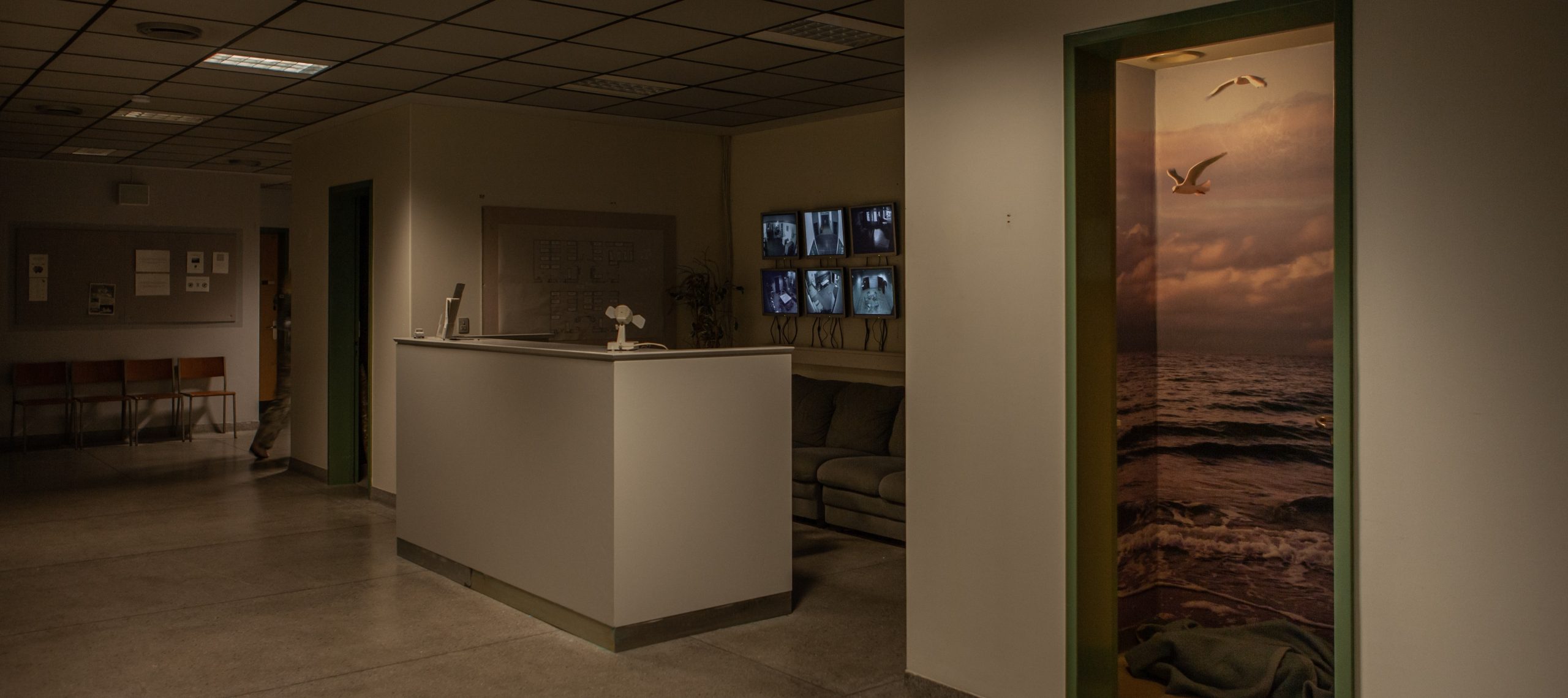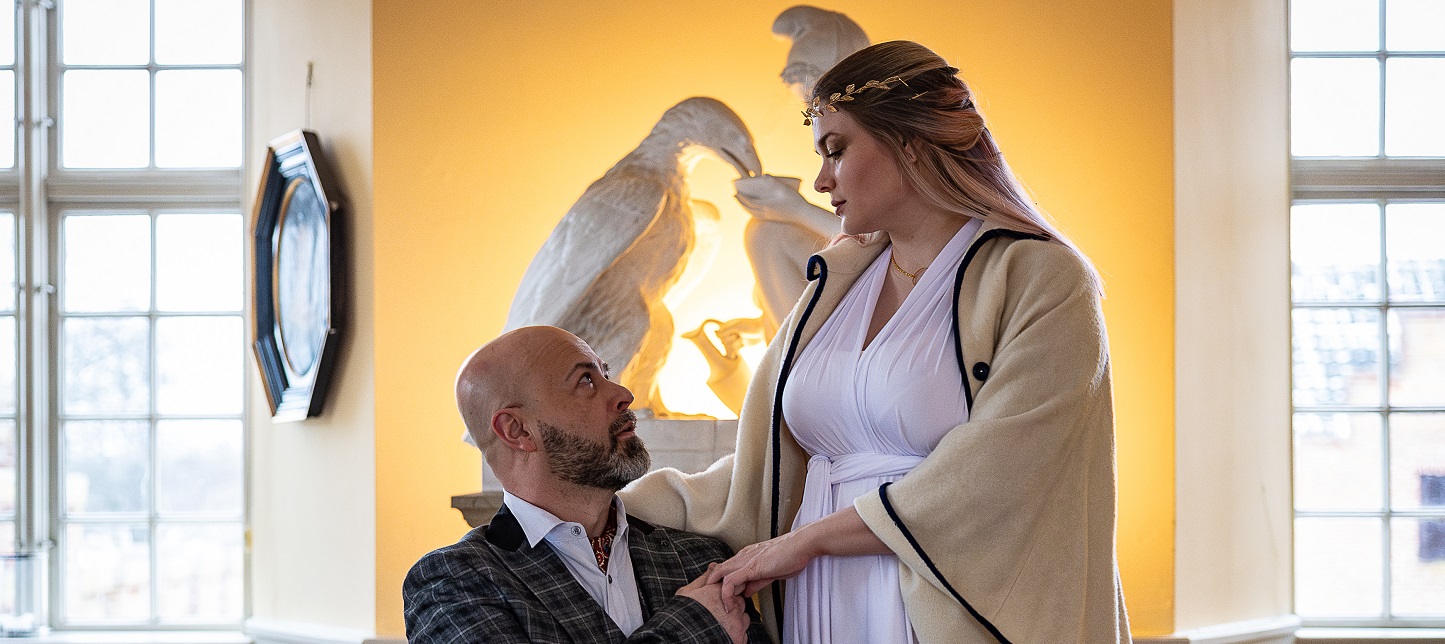Tag: Safety
-

Rules, Trust, and Care: the Nordic Larper’s Risk Management Toolkit
in
This article discusses how to come to terms with the fact that risks at larps cannot be eliminated, and how to manage them instead.
-

Flagging: A Response
in
While flagging is not perfect, it addresses manifest abusive behaviour from predatory individuals within the increasingly internationalizing larp community.
-

SIGNA’s Performance Installations: Walking the Liminal Border Between Larp and Theatre
in
This article aims to look into the overlap between larp and theatre, with SIGNA’s performance installations guiding the exploration.
-

All Quiet on the Safety Front: About the Invisibility of Safety Work
in
Most players and some organizers might not know what the experiences before, during and after a larp are like for safety people.
-

How I Learned to Stop Faking It and Be Real
in
Communicating about mental health issues can make us better larpers.
-

Helicon: An Epic Larp about Love, Beauty, and Brutality
Ritual play in which group of artists, leaders, and scientists bind the Muses of antiquity to their will.
-

Magic To Fight Monsters: Larp as a spell for claiming my spaces
A guide to some of the monsters that non-binary adventurers encounter when they larp – and spells for how to deal with them.
-

Larping Before the Larp: The Magic of Preparatory Scenes
in
How short facilitated scenes larped during workshops can enhance play.

